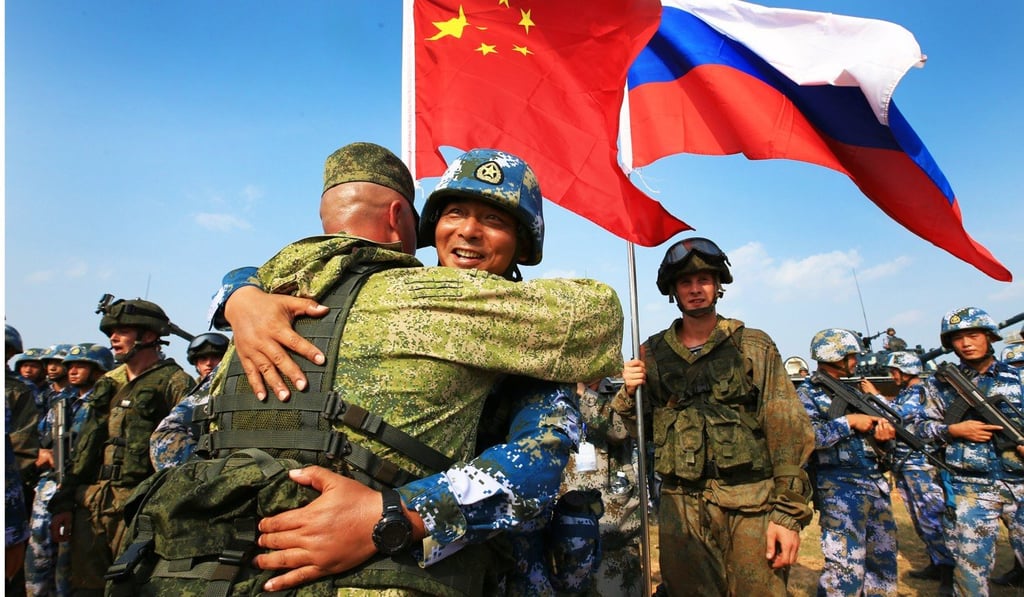China ‘has overtaken Russia’ as a maritime power, boosted by joint naval drills
- Report looks at 10 joint exercises carried out by the two navies since 2012, which it says aimed to send geopolitical message
- Analysts say Moscow is watching on warily as Beijing’s military might grows

China has surpassed Russia as a maritime power, boosted by years of joint drills between the two navies, according to military analysts.
Such exercises had helped China to become a relatively advanced naval power, and Russia was watching on warily as Beijing continued a push to modernise its military, they said.
Assessing 10 joint exercises carried out by the Chinese and Russian navies since 2012 – when Xi Jinping took power – the German Institute for International and Security Affairs said they aimed to send a geopolitical message.
The drills were conducted within their territorial waters as well as in the Sea of Japan, or East Sea, and the Baltic Sea, according to the German institute’s report, “Partnership on the High Seas”, released this month. It concluded that Beijing had “overtaken Moscow in claiming a leading role as a great maritime power”.
Communist rivals during the cold war, Beijing and Moscow are now hailing a new era in bilateral ties – counterbalancing worsening relations with Washington – and their militaries are also stepping up cooperation. Last month, the Chinese and Russian navies held their first joint live-fire air defence exercise at sea, involving two surface combatants.
